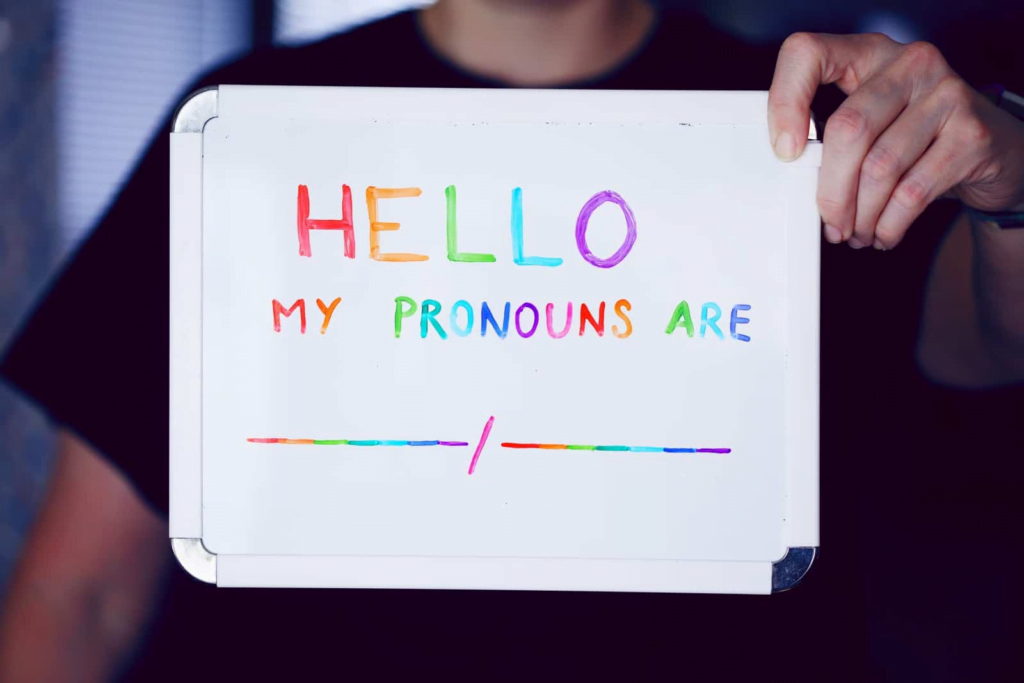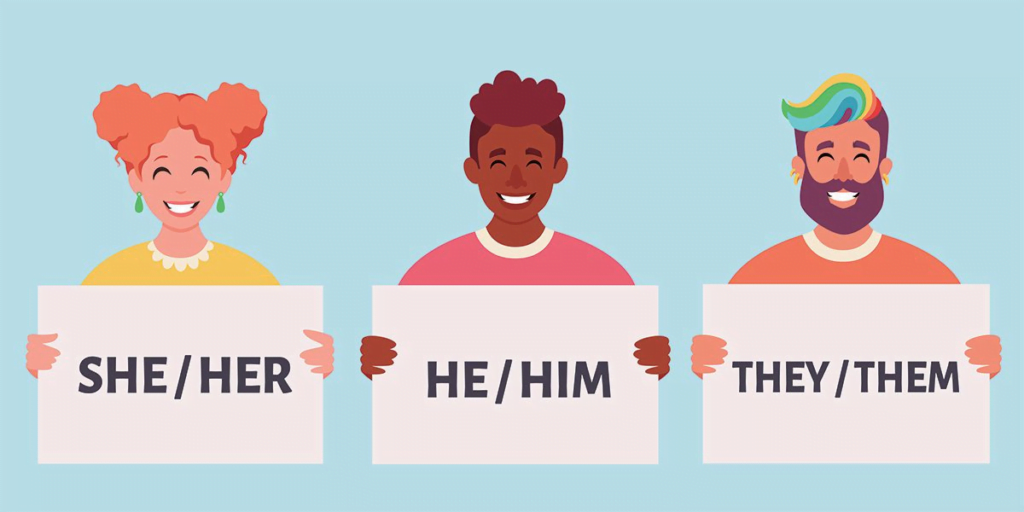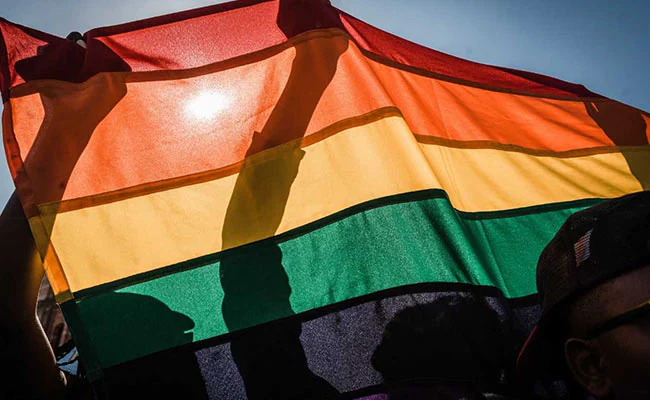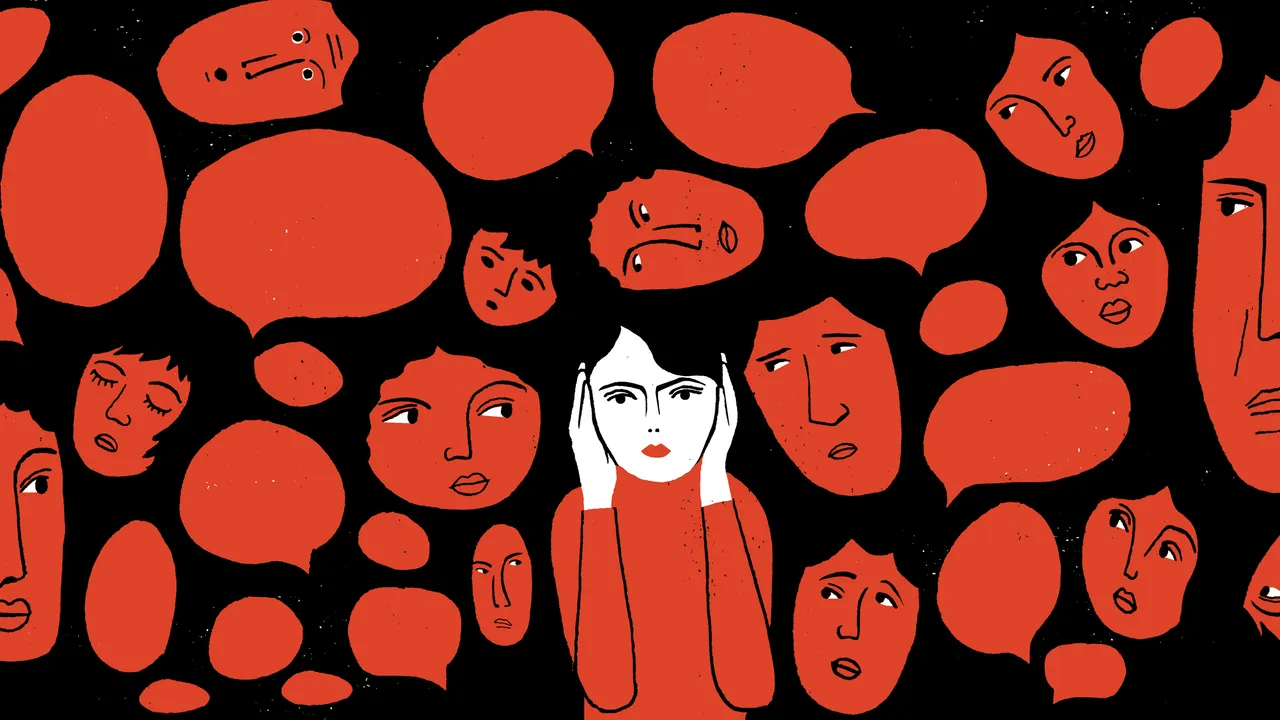Language, as an element, is in itself bristling with complexities. Sitting at the intersections of culture and communication, of connection and disparity, it shapes the social narrative of lived experiences, determining the accessibility, inclusion, and safety of the spaces it occupies.
At times, a cultural revolution, public action, or research leads to a collective introspection of the language we use to refer to the queer community. Here are five such moments:
1. The Re-claiming of a slur
Queer, as a label, first emerged as a slur in the western world in the 1800s-1900s. Later, following several pivotal historical events(Stonewall, AIDs), the term began to be used in defiance. The magazine Outfest was one of the first to break out of these restraints, in the 1980s, choosing to use ‘queer‘ in their language.
About the same time, queer theory (Teresa de Lauretis, 1991) and intersectionality (Kimberlé Crenshaw, 1989) developed in academic spaces as a way to resist against the cis-heteronormative racist forces that otherwise dictated social studies and research.
Through this, queer communities reconciled with their lost histories and discovered new terrains. (It would also be ignorant to write about queer language and not mention the gay language that was an actual language: Polari) What once was a phobic weapon thus transformed into an identifier, a safe space, within which young generations especially, found a home.
In India, with taboo being rife, it is often used as a more subtle and safe word, due to its lesser-known quality, in favour of the entire, easily discernable acronym. Still, it perseveres as a symbol of all-inclusivity, vibrance, and rebellion.
2. Pronouns
Pronouns are a natural unit of the grammar of nearly every language. We use them daily to refer to objects and subjects. In the English language, in both modern and pre-modern contexts, the singular they/them has always been used to refer to someone whose gender is uncertain.
The same grammar police conveniently forget their grammar when they use an identifying adjective like Transgender, as a noun or verb. Either out of ignorance or sheer vehemence, people regularly manipulate other people’s chosen languages when referring to individuals from the queer and trans communities. In this case, language, sometimes unintentionally and sub-conciously, or intentionally, can be used to “other” and dehumanise
Linguists have discovered its usage to be as early as the 1600s, in medical texts, perhaps as a way to portray the dual presence of conventionally binary biological features or intersex folk.
Its modern-day usage marks liberation from conformity. The same pronoun set undergoes several unique alterations to enable one to best self-describ, and that is the beauty of it. It allows for the exploration of a facet of gender identity that is so prevalent in our common day-to-day existence. Combinations and inventions of neo-pronouns to find meaning showcase the revolving nature of a language—exactly what a lot of transphobic people don’t understand.
A language is meant to change. Its entire function and existence is based on the dynamic nature of communication. We invent new words all the time, and when a person with a marginalised identity chooses to be identified with a label, that is not when to bring out those silly, pedagogic, old-fashioned grammar textbooks.
Also read: What Are Neopronouns?: Understanding The Evolving Scope Of Language And Gender Expression

3. Another point on grammar
The same grammar police conveniently forgets their grammar when they use an identifying adjective like Transgender, as a noun or verb. Either out of ignorance or sheer vehemence, people regularly manipulate other people’s chosen languages when referring to individuals from the queer and trans communities. In this case, language, sometimes unintentionally and sub-conciously, or intentionally, can be used to “other” and dehumanise.
Similarly, inclusive terms like menstruators, and people who menstruate, need to be amplified further to cancel out the hate and foster inclusivity.
4. Women/womyn/womxn
An unfortunately, highly debated issue in the feminism space has recurrently been on inclusion and exclusion of gender non-conforming, non-binary, and trans folks. When second-wave-feminism introduced the word ‘womyn’ to mark the exclusion of ‘men’ from the word ‘women’ in order to be more inclusive—they failed to include every woman.
Although, what does the prominence of the English language in queer discourse imply about our current stances? Perhaps, simply there is a lack of ease of accessibility in communication about an issue that is still taboo in remote regions, where English queer terminology are unlikely to surface. This introduces the important intersection between English and native tongues, class and caste, globalisation and post-colonialism. Language must be observed through these consequent divides, because not every person has the resources to communicate their feelings, their identities, and their perspectives
Womyn is now used by TERFs, in order to exclude so many women from the language, typically anchored on racist and transphobic grounds. Womxn, which emerged as an alternative, was deduced to be counter-productive and still problematic.
Some reject it on the basis of it being created by cis-women to display their allyship, others reject it because it can be used transphobically to ‘other’. At the same time, there are many who prefer this term and choose to identify with it.
Although the label died nearly as quickly as it emerged into conversations, it served as a point of discourse within the contemporary feminist movement that reveals how supportive or how exclusionary our fellow feminists can be. These labels also serve to remind us how a tiny letter can result in paradigm shifts in perspectives.

5. A glossary of queer terminology
For too long, this movement has been viewed as a “Western” concept (although there is ample proof to suggest otherwise)—but it is still, unfortunately, fraught with Eurocentric, and colonial ideals. Yet, the movement is emerging slowly but surely into the Indian mainstream.
Although, what does the prominence of the English language in queer discourse imply about our current stances? Perhaps, simply there is a lack of ease of accessibility in communication about an issue that is still taboo in remote regions, where English queer terminology are unlikely to surface.
This introduces the important intersection between English and native tongues, class and caste, globalisation and post-colonialism. Language must be observed through these consequent divides, because not every person has the resources to communicate their feelings, their identities, and their perspectives.
Hence, the Tamil Nadu Gazette’s publication of a reference glossary showcases how regional intricacies must be brought to light in the movement. For many individuals, the Tamil word may as well be more synchronous with their self-perception than an English equivalent, and it is important to acknowledge and respect that.
By officially recording these linguistic details, exciting, futuristic socio-linguistic research possibilities are opened up, while also preserving existing cultural significances. These socio-linguistic moments that are becoming our history pave way for a future of binary-deconstructing, barrier-breaking, and stigma-smashing words galore.
Also read: What Are Gender Pronouns And Why Should We Use Them Accurately?




